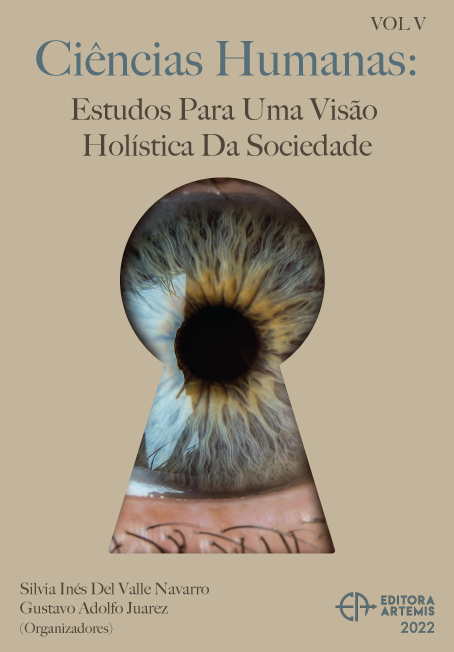
IMPLEMENTACIÓN DE UN DISPOSITIVO DIDÁCTICO REI PARA UN AULA DE MATEMÁTICA INCLUSIVA
El presente capítulo tiene por finalidad dar a conocer la implementación de una propuesta de aprendizaje a través de un Recorrido de Estudio e Investigación, planteado por la Teoría Antropológica de lo Didáctico. El dispositivo didáctico considera como inicio una pregunta generatriz desafiante para el estudiantado de alrededor de la cual se estructuran una serie de situaciones más acotadas que guían y abordan los diferentes contenidos del eje de datos y probabilidad tratados en la asignatura de matemática. Los resultados obtenidos muestran que es posible la implementación de este dispositivo en el nivel básico y que éste sea trabajado por todos y todas los integrantes del curso incluso los que pertenecen al Programa de Integración Escolar. El dispositivo didáctico va modificando las funciones didácticas. Se concluye que los hallazgos también muestran una percepción positiva por parte de los participantes, ya que el dispositivo permite transitar desde la clase tradicional a una colaborativa.
IMPLEMENTACIÓN DE UN DISPOSITIVO DIDÁCTICO REI PARA UN AULA DE MATEMÁTICA INCLUSIVA
-
DOI: 10.37572/EdArt_1512227055
-
Palavras-chave: Aula Inclusiva; Co-enseñanza; Recorrido de Estudio e Investigación; Teoría Antropologíca de lo Didáctico
-
Keywords: Aula Inclusiva; Co-enseñanza; Recorrido de Estudio e Investigación; Teoría Antropologíca de lo Didáctico
-
Abstract:
The purpose of this chapter is to present the implementation of a learning proposal through a and Research Study Cours, proposed by the Anthropological Theory of Didactics. The didactic device considers as a starting point a challenging generating question for the students around which a series of more limited situations are structured to guide and approach the different contents of the data and probability axis dealt with in the mathematics subject. The results obtained show that it is possible to implement this device at the basic level and that it can be used by all the members of the class, including those who belong to the School Integration Program. The didactic device modifies the didactic functions. It is concluded that the findings also show a positive perception on the part of the participants, since the device allows the transition from the traditional class to a collaborative one.
-
Número de páginas: 8
- Carmen Cecilia Espinoza Melo
- Maite Otondo Briceño

